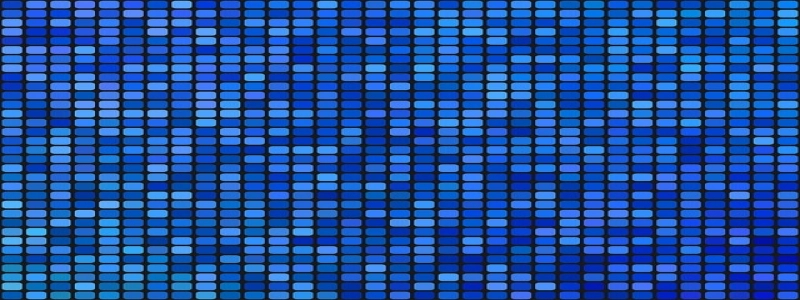Passive DWDM: Enhancing Fiber Optic Communications
Introduction
Passive Dense Wavelength Division Multiplexing (DWDM) is a revolutionary technology that has transformed the way data is transmitted over fiber optic networks. In this article, we will delve into the concept of Passive DWDM, its benefits, and its application in enhancing communication systems.
1. What is Passive DWDM?
1.1 Definition
Passive DWDM is a technique used in fiber optics to increase the capacity of a network by enabling multiple wavelengths to be transmitted simultaneously over a single fiber. Unlike active DWDM, which requires additional equipment such as amplifiers and regenerators, passive DWDM operates without any active components.
1.2 How does it work?
Passive DWDM utilizes the phenomenon of wavelength division multiplexing, where each incoming signal is assigned a different wavelength and combined into a single optical signal. This optical signal is then transmitted over the fiber optic cable and at the receiving end, a passive DWDM demultiplexer separates the wavelengths, allowing each signal to be extracted individually.
2. Advantages of Passive DWDM
2.1 Increased capacity
Passive DWDM enables the transmission of multiple wavelengths, leading to a significant increase in network capacity. This allows for the coexistence of various services and applications on a single fiber, eliminating the need for additional costly fiber installations.
2.2 Cost-effective
Since passive DWDM does not require additional active components, it offers a more cost-effective solution compared to active DWDM. The absence of amplifiers and regenerators reduces the overall equipment and maintenance costs, making it an attractive option for network operators.
2.3 Flexibility
Passive DWDM offers flexibility in network design and expansion. By utilizing different wavelengths, operators can easily add or remove services based on changing demands without significant infrastructure changes. This scalability makes passive DWDM a future-proof choice for network development.
3. Applications of Passive DWDM
3.1 Long-haul transmission
Passive DWDM is widely used in long-haul transmission systems, where the distance between two points is typically hundreds or thousands of kilometers. Its ability to transmit multiple wavelengths over extended distances with high signal quality makes it ideal for long-haul applications.
3.2 Metro networks
In metro networks, where high capacity and flexibility are essential, passive DWDM provides an efficient solution. By maximizing the existing fiber infrastructure, it enables the consolidation of various services, including voice, data, and video, into a single network.
3.3 Data centers
Passive DWDM is also gaining popularity in data centers as it allows for the efficient utilization of fiber optic links and facilitates the seamless integration of multiple data streams. With the increasing demand for high-speed data transmission, passive DWDM offers a cost-effective and scalable solution for data center connectivity.
Conclusion
Passive DWDM has revolutionized the field of fiber optic communications by providing an efficient and cost-effective solution for increasing network capacity. With its numerous advantages, including increased capacity, cost-effectiveness, and flexibility, passive DWDM is being widely adopted in long-haul transmission, metro networks, and data centers. As technology continues to evolve, passive DWDM will remain a crucial component in enhancing communication systems and meeting the ever-increasing demands for data transmission.







